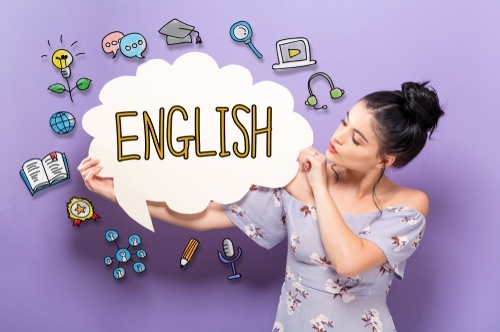Czas Future Perfect Simple - struktura
Czas Future Perfect Simple składa się z operatorów “will have” oraz orzeczenia w postaci czasownika w trzeciej formie. Dla przypomnienia - czasowniki regularne przyjmują końcówkę -ed, natomiast w przypadku czasowników nieregularnych należy zastosować formę z trzeciej kolumny tabeli. Forma jest taka sama dla wszystkich osób gramatycznych.
ZDANIA TWIERDZĄCE
Zdania twierdzące czasie Future Perfect Simple budujemy według następującego schematu:
podmiot + will + have + orzeczenie (czasownik w trzeciej formie)
np. I will have finished this report by Friday.
They will have been married for twenty years next month.
She will have run ten kilometers by noon.
ZDANIA PRZECZĄCE
Zdania przeczące w czasie Future Perfect Simple tworzymy dodając “not”. Pamiętaj, że w języku nieformalnym “will not” zmienia się w formę skróconą “won’t”. Schemat zdania przeczącego wygląda następująco:
podmiot + will + not + have + orzeczenie (czasownik w trzeciej formie)
np. I won’t have finished this report by Friday.
They won’t have been married for twenty years next month.
She won’t have run ten kilometers by noon.
ZDANIA PYTAJĄCE
Pytania w czasie Future Perfect Simple tworzymy przy stosując inwersję, czyli zamianę miejscami podmiotu i operatora. Mówiąc najprościej, aby powstało pytanie, należy umieścić słówko “will” przed podmiotem. Oto schemat zdania pytającego:
(Wh-) will + podmiot + have + orzeczenie (czasownik w trzeciej formie)
np. Will you have finished this report by Friday?
How long will they have been married next month?
How many kilometers will she have run by noon?
Future Perfect Simple - zastosowanie
Czas Future Perfect Simple jest czasem przyszłym dokonanym, co oznacza, że stosujemy go tylko w dwóch określonych przypadkach:
- kiedy chcemy powiedzieć, że jakaś czynność w przyszłości zostanie zakończona przed określonym momentem / punktem w czasie: John will have painted the fence by the weekend.
- mówiąc, jak długo czynność lub stan będą trwały w danym momencie w przyszłości: Mary will have lived in New York for 20 years next year.
Zapraszamy do odwiedzania naszego bloga. Już w przyszłym tygodniu - Future Perfect Continuous!
Potrzebujesz lepiej znać angielski?
Chcesz dodatkowych wskazówek?
ENGLISH VERSION
When to use Future Perfect tense?
Future Perfect tense is usually one of the last tenses that English learners have to do with. That is one of the reasons why it is often perceived as difficult and not necessary. In fact, though neither its structure nor usage are too complicated. It’s good to know that contrary to the common opinion it is used by native speakers in everyday conversations. When you get to know it a bit better, it also turns out to come in quite in handy :)
Future Perfect Simple - the structure
Future Perfect Simple tense is made up of the auxiliary verbs “will have” and the past participle. Just a small reminder - in case of regular verbs it’s enough to add the -ed ending and in case of the irregular verbs the third form from the irregular verbs chart should be used. The grammar form is identical for all the persons.
POSITIVE SENTENCES
Positive sentences in Future Perfect Simple tense are constructed according to the following formula:
subject + will + have + verb (in the third form)
eg. I will have finished this report by Friday.
They will have been married for twenty years next month.
She will have run ten kilometers by noon.
NEGATIVE SENTENCES
Negative sentences in Future Perfect Simple tense are created by adding “not”. Remember that in the informal speech “ill not” turns into the short form “won’t”. The formula for negative sentences is as shown below:
subject + will + not + have + verb (in the third form)
eg. I won’t have finished this report by Friday.
They won’t have been married for twenty years next month.
She won’t have run ten kilometers by noon.
QUESTIONS
Questions in Future Perfect Simple are created by means of inversion, which means putting the auxiliary verb “will” in front of of the subject:
(Wh-) will + subject + have + verb (in the third form)
eg. Will you have finished this report by Friday?
How long will they have been married next month?
How many kilometers will she have run by noon?
Future Perfect Simple - when to use it
Future Perfect Simple is a completed future tense, which means that we only use it in two specific situations:
- when you want to say that the given action will be completed before the stated moment in the future: John will have painted the fence by the weekend.
- when you want to state the period of time between the beginning and finishing of the action in the future: Mary will have lived in New York for 20 years next year.
Visit our blog! Next week we will discuss another tense - Future Perfect Continuous!
Potrzebujesz lepiej znać angielski?
Chcesz dodatkowych wskazówek?







